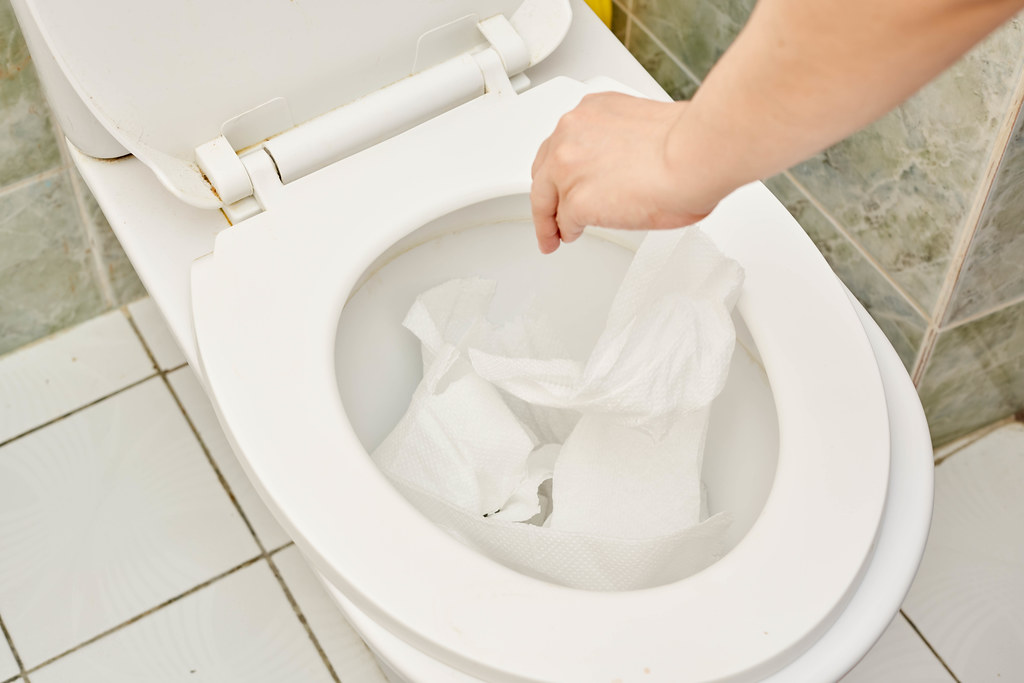Toilets are essential fixtures in any home, providing convenience and hygiene. However, they can sometimes become a source of frustration when frequent clogs and leaks occur. Understanding the causes of these issues is critical for maintaining a properly functioning toilet and preventing more serious plumbing problems. Homeowners often face challenges with toilet clogs and leaks, leading them to seek professional toilet repair and replacement services. Identifying the root causes can help homeowners take the necessary steps to resolve these issues effectively.
Common Causes of Toilet Clogs
Frequent toilet clogs can disrupt daily routines and lead to significant inconveniences. One of the primary causes of toilet clogs is the improper disposal of items that should not be flushed. Many homeowners mistakenly flush non-flushable items such as paper towels, sanitary products, and baby wipes, believing they will break down like toilet paper. However, these materials can accumulate in the plumbing system, leading to blockages that hinder normal flushing.
Another contributing factor to clogs is the buildup of mineral deposits. Hard water can lead to the accumulation of limescale and mineral buildup within the toilet and pipes. Over time, these deposits can restrict water flow and lead to clogs. Regular maintenance and cleaning of the toilet and plumbing fixtures can help minimize this problem. Homeowners should consider using descaling agents to reduce mineral buildup and maintain the efficiency of their plumbing system.
Moreover, the design and age of the toilet can impact its flushing capabilities. Older toilets often have lower flushing power, making them more susceptible to clogs. If the toilet’s internal components, such as the flapper or fill valve, are worn out or malfunctioning, they can affect the toilet’s ability to flush waste effectively. Upgrading to a modern toilet with improved flushing technology can significantly reduce the frequency of clogs.
Understanding Toilet Leaks
Toilet leaks can be a significant problem for homeowners, leading to wasted water and increased utility bills. One common cause of toilet leaks is the deterioration of seals and gaskets. Over time, the wax seal at the base of the toilet can degrade, leading to leaks around the toilet's foundation. Additionally, the rubber components within the toilet, such as the flapper valve, can wear out and create leaks. Regular inspections of these components can help identify potential issues before they escalate into major problems.
Another cause of toilet leaks is the buildup of pressure in the plumbing system. High water pressure can cause the toilet tank to overflow, leading to leaks around the tank and base. Homeowners can monitor their water pressure and install pressure regulators if necessary to prevent this issue. It's essential to address high water pressure promptly, as it can also lead to damage in other areas of the plumbing system.
Cracks in the toilet bowl or tank are another significant cause of leaks. If a toilet experiences significant wear and tear, it may develop cracks that compromise its integrity. These cracks can lead to slow leaks, resulting in water pooling around the toilet base. Homeowners should inspect their toilets regularly for any visible signs of damage. If cracks are detected, it is often best to consult a professional plumber for assessment and potential replacement.
Preventative Measures and Maintenance
Taking proactive measures can help homeowners avoid frequent clogs and leaks in their toilets. Regular maintenance is crucial for ensuring the longevity and functionality of the toilet. Homeowners should schedule routine inspections of their plumbing systems to catch potential issues early on. A qualified plumber can identify problems such as worn-out seals, mineral buildup, and signs of wear and tear that may lead to future complications.
Additionally, homeowners should be mindful of what they flush down the toilet. Educating family members about proper disposal methods can significantly reduce the likelihood of clogs. Providing a wastebasket in the bathroom for non-flushable items can encourage proper disposal habits and prevent unnecessary plumbing issues.
Furthermore, considering upgrades to modern toilet fixtures can improve efficiency and reduce the risk of clogs and leaks. Low-flow toilets use significantly less water while maintaining flushing power, which can help mitigate clogs associated with older models. Investing in high-quality plumbing fixtures can lead to long-term savings on water bills and reduce the need for frequent repairs.
Conclusion
Understanding the common causes of frequent toilet clogs and leaks is essential for maintaining a functional bathroom. Improper disposal of items, mineral buildup, and the age of the toilet are significant factors contributing to clogs. Additionally, deteriorating seals, high water pressure, and cracks can lead to leaks. Homeowners can benefit from regular inspections, proper disposal practices, and potential upgrades to modern toilets to reduce the likelihood of these issues.
When faced with persistent clogs and leaks, seeking professional toilet repair and replacement services can provide the necessary solutions. By addressing these problems promptly, homeowners can ensure their bathrooms remain efficient and functional, avoiding costly repairs and inconveniences in the long run. Understanding these key factors empowers homeowners to take control of their plumbing systems, leading to a more comfortable and efficient home environment.





Comments